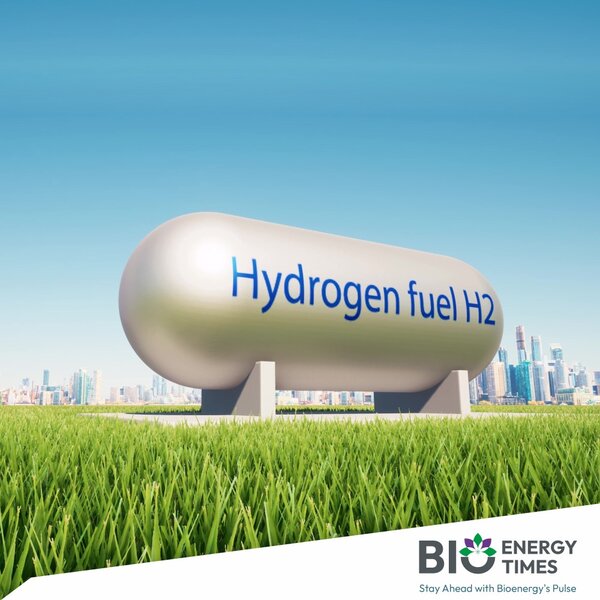India is targeting an annual production of 5 million tonnes of green hydrogen by 2030, with an estimated requirement of 25 million tonnes by 2050 for transportation, steel, and ammonia production. The Hydrogen Technology Expo in Delhi convened industry experts to discuss strategies for modernizing production and scaling up the application of green hydrogen.
Nornickel, a prominent supplier of base and precious metals for green technologies, presented its palladium-based advancements to Indian experts, suggesting that their products could enhance the efficiency of green hydrogen production. Palladium’s unique properties enable it to split hydrogen molecules into atoms, pass them through the metal, and recombine them into molecules, facilitating the production of ultra-pure hydrogen. Tests conducted in Russia demonstrated a threefold increase in activity for an electrolyzer catalyst containing 30% palladium and a fourfold increase in throughput for a palladium tubular membrane used in hydrogen production.
Anna Karzhavina, Head of Commercialization of New Products at Nornickel, commented, “Palladium-based catalysts offer efficiency gains at every stage of the hydrogen energy chain, from electrolysis to transportation to fuel cells. Palladium membranes are utilized to purify hydrogen for applications such as microelectronics, solar energy, and artificial diamond production.”
Through collaboration with Indian companies, Nornickel aims to deploy palladium-based prototypes to enhance productivity and expand the use of green hydrogen in India, aligning with the country’s energy transition objectives.
















